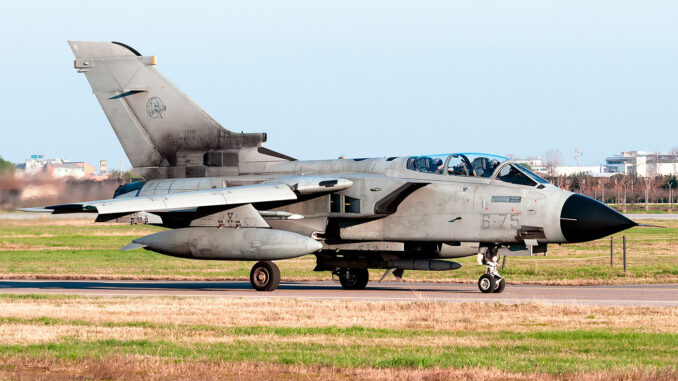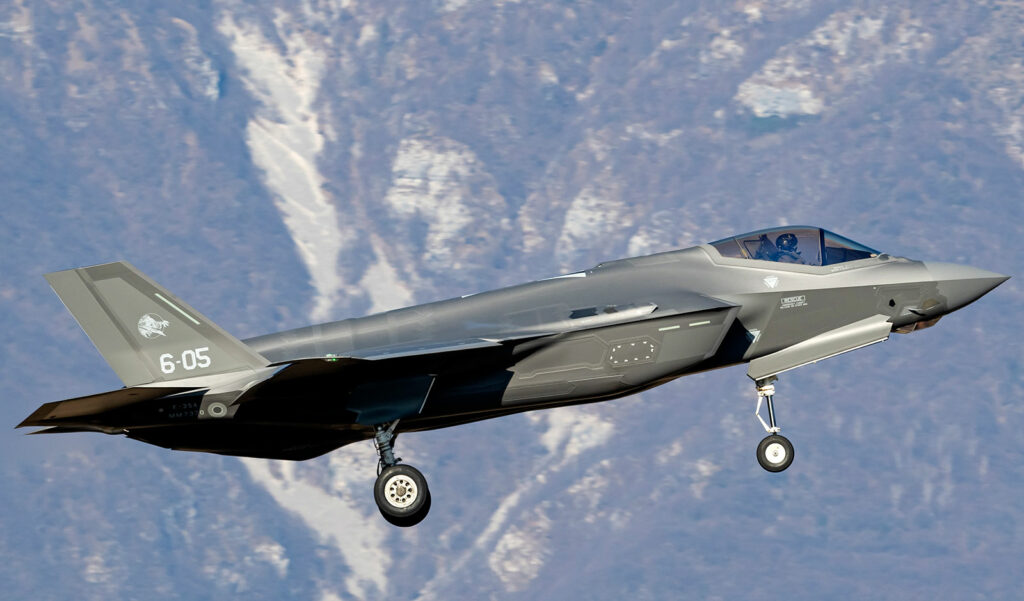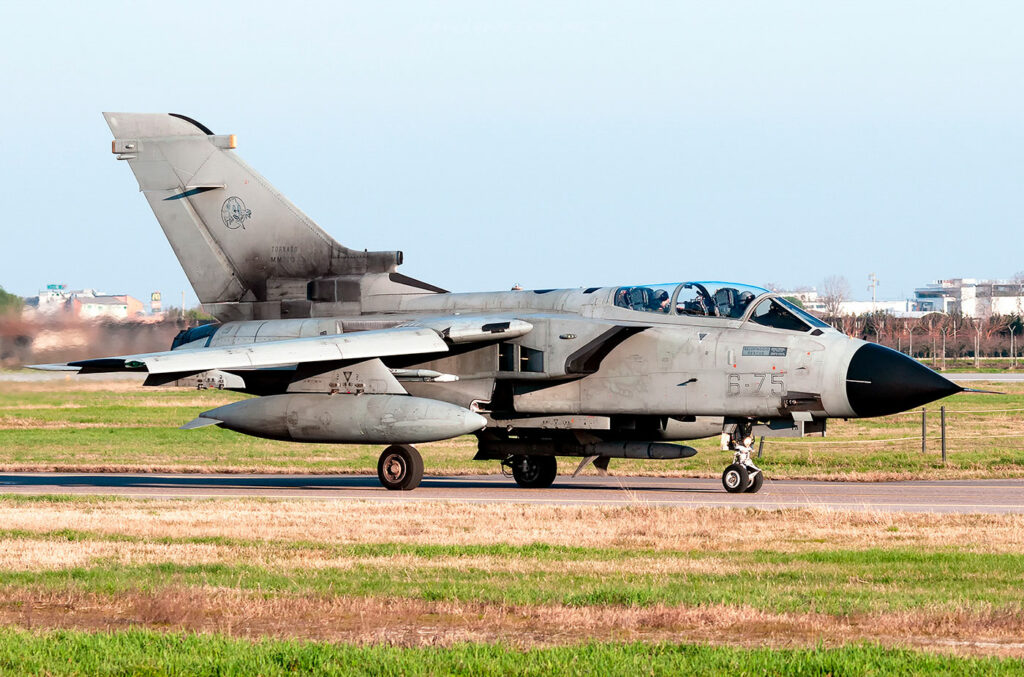
Italy has announced an increase in military spending to 2% of GDP in 2025, meeting NATO requirements despite internal reluctance.
In 2025, Italy has committed to increasing its defense spending to 2% of its gross domestic product (GDP), in line with NATO requirements. This decision comes after years of spending below this threshold, with 1.49% of GDP allocated to defense in 2024. To achieve this goal, the Italian government plans to reclassify certain expenditures, such as military pensions and investments in civilian technology, in the defense budget. This initiative is sparking internal debate, particularly due to opposition from public opinion and certain political parties, which would prefer to direct funds to sectors such as healthcare. Furthermore, Italy must choose between purchasing American or European military equipment, at a time when the European Union is offering loans to strengthen the continent’s defense industry.
Italy commits to reaching 2% of GDP in defense spending
In 2025, Italy plans to increase its military spending to 2% of its gross domestic product (GDP), in line with its commitments to the North Atlantic Treaty Organization (NATO). This decision marks a significant increase from 1.49% of GDP spent on defense in 2024, one of the lowest rates among NATO members.
To achieve this goal, the Italian government plans to reclassify certain expenditures, such as military pensions and investments in civilian technology, in the defense budget. This approach would align accounting criteria with those of NATO, making it easier to reach the 2% threshold.
However, this increase in military spending represents a major budgetary challenge for Italy, which needs to find around $11 billion in additional funding to meet this commitment. This situation raises questions about the country’s budgetary priorities, particularly with regard to investment in the social and economic sectors.

Italian public opinion largely opposed to increased military spending
Despite international commitments, a majority of the Italian population remains opposed to increased military spending. According to a recent survey, 72% of Italians favor social spending over defense, and only 26% support an increase in the military budget.
This opposition is also reflected in the political class. The Five Star Movement party organized a demonstration in Rome to protest against the increase in defense spending. In addition, Deputy Prime Minister Matteo Salvini expressed his disagreement, arguing that the additional funds should be allocated to hospitals rather than to armaments.
This internal resistance complicates the implementation of commitments made to NATO and raises questions about the democratic legitimacy of these budgetary decisions. The government will have to navigate between international pressure and the expectations of its population to reach a consensus on national defense policy.
The dilemma between purchasing American and European military equipment
The increase in Italian military spending raises the question of where the equipment will be sourced. In 2024, Italy spent €7 billion on the purchase of 25 F-35 fighter jets from the US, adding to the 90 already ordered. In addition, nearly a quarter of Italy’s arms imports from outside the European Union come from the United States, worth around €184 million.
However, the European Union encourages its members to prioritize the purchase of equipment produced in Europe. A $150 billion loan program has been proposed to finance European arms purchases, with one condition: 65% of the funds must be spent with European suppliers.
This dilemma puts Italy in a delicate position, caught between US pressure to buy American equipment and European incentives to support the continent’s defense industry. Italy’s choice will have implications for its international relations and the development of its national defense industry.
The economic implications of increased military spending
Italy’s commitment to increase its military spending to 2% of GDP represents a major economic challenge. With high public debt, the country must find ways to finance this increase without compromising its financial stability. The government is considering budgetary adjustments, such as savings in other sectors or tax increases.
Italy could also benefit from European programs such as the “Readiness 2030” plan, which provides for massive investments in European defense. However, Italy has expressed reluctance to take on additional loans, preferring grants to avoid increasing its debt.
This situation highlights the complexity of reconciling international defense commitments with national economic constraints. The Italian government will need to exercise caution and strategy to achieve its objectives without compromising its financial stability.
Outlook for the Italian defense industry (continued)
In addition, Fincantieri, Italy’s leading shipbuilder, is also benefiting from budget increases. The company, which is 71% state-owned through Cassa Depositi e Prestiti, is responsible for building military vessels, including FREMM frigates and PPA (Pattugliatori Polivalenti d’Altura) patrol boats. In 2023, Fincantieri had an order book worth more than €36 billion, including nearly €13 billion related to defense.
Other state-supported projects include the production of armored vehicles and tanks in partnership with Rheinmetall Italia, enabling Italy to maintain its autonomous industrial capacity. The national armored vehicle program (AICS – Armored Infantry Combat System) provides for the delivery of hundreds of troop transport and combat vehicles over the next 10 years. The cost of the program exceeds $2.5 billion.
These investments reinforce a strategy of capability autonomy, but they also respond to the logic of the European Defense Fund (EDF), which finances cooperation between the military industries of member states. Since 2021, Italy has participated in 45 projects under the EDF, with European co-financing amounting to more than $700 million.
The budget increase planned for 2025 could therefore consolidate this industrial momentum. However, the distribution of orders between European players and US suppliers will be a major challenge. A policy geared towards local purchasing would boost employment and research in Italy. Conversely, dependence on US arms exports could hamper the development of the national industrial fabric.
To maintain a balance, Italy could negotiate technology transfers in its purchase agreements. This was the case with the F-35 program, some parts of which are produced at the Cameri site in Piedmont, with a regional final assembly and maintenance center. This hybrid model, combining external purchasing and local manufacturing, could be replicated provided there is clear political will.

Growing pressure from NATO and the United States
Since 2014, NATO member countries have committed to reaching a level of military spending of 2% of their GDP by 2024. This threshold is considered a minimum commitment for collective defense. However, only 11 of the 31 NATO members were on track to meet this target in 2023, including Poland (3.9%), Greece (3.1%), the United States (3.5%) and the United Kingdom (2.1%).
Italy, with 1.49% in 2024, remained far behind, and its rise to 2% in 2025 seems to be dictated as much by internal political will as by direct diplomatic pressure. In March 2024, Donald Trump reiterated his demand that allies increase their spending to 5% of GDP, a threshold deemed unrealistic by many European experts.
In this configuration, the United States plays a central role by exercising strategic leverage: support for European security depends largely on its nuclear deterrence and military projection capabilities. Italy, which hosts strategic US bases (such as Aviano and Sigonella), is directly affected.
Washington is also pushing its allies to buy US equipment to standardize Alliance equipment. This partly explains the massive order for F-35s, a controversial program but one considered by the Italian military as a guarantee of interoperability. US logistical support, particularly in terms of intelligence and electronic warfare, reinforces this dependence.
In return, Italy’s position within NATO could be strengthened in the short term. Increased military spending will give Rome greater weight in strategic discussions and joint programs, provided that this effort is sustained over time.
Internal social and political consequences
The increase in military spending in Italy has significant political and social consequences. From a budgetary perspective, finding nearly €9 billion to reach 2% of GDP will require either cutting other spending or increasing tax revenues.
Several trade unions, including the CGIL, have warned of possible cuts to health, education, and infrastructure budgets if the government continues to prioritize military spending. In 2023, public health spending accounted for 6.6% of Italian GDP, already down from previous years.
From a political standpoint, this decision is dividing the ruling coalition. Matteo Salvini’s party (Lega), although theoretically allied with Giorgia Meloni, is critical of the allocation of resources to defense. This tension could become an election issue, particularly in regions where public services are underfunded.
On the left, the Democratic Party and the Five Star Movement are strongly opposed to rearmament, fearing a strategic shift towards a militarized economy at the expense of social needs. The marches organized in Rome and Naples in April 2025 illustrate this opposition, bringing together more than 25,000 demonstrators.
This internal division is exacerbated by widespread mistrust of institutions. In 2024, only 38% of Italians said they trusted the government, according to an Ipsos poll. Popular support for an ambitious defense policy requires public education, which is currently lacking.
What is the outlook for Italy?
The goal of increasing Italian military spending to 2% of GDP meets a clear requirement of NATO and the United States, but raises many questions about its economic feasibility and social acceptability. While the announced budgetary effort seems achievable through accounting adjustments and a redistribution of priorities, it risks exacerbating internal tensions over social policies.
On the industrial front, the effort could strengthen strategic Italian players such as Leonardo, Fincantieri, and regional shipyards, provided that procurement policy favors the national productive fabric. Dependence on US armaments remains a factor of strategic and economic fragility in the medium term.
Finally, Italy will have to clarify its geopolitical position between Washington and Brussels. The EU offers defense financing instruments that promote industrial sovereignty, but demands concessions in return. Rome will have to choose between its Atlantic alignment and a European industrial policy.
War Wings Daily is an independant magazine.